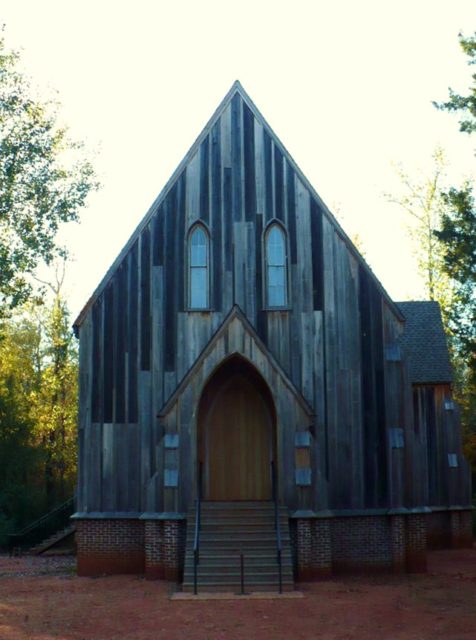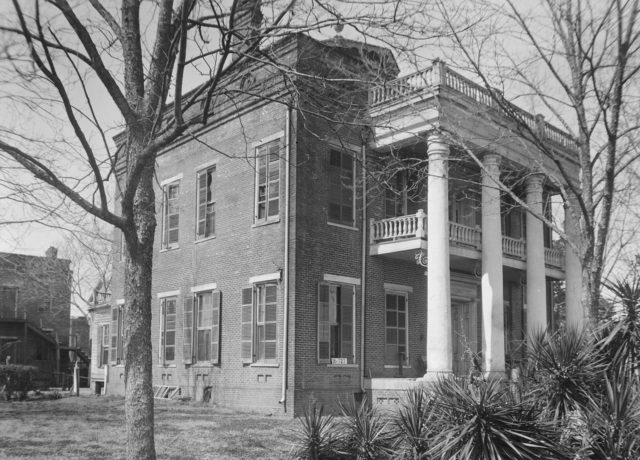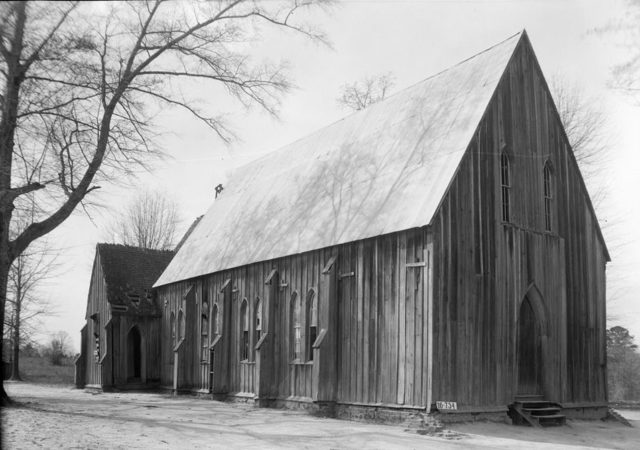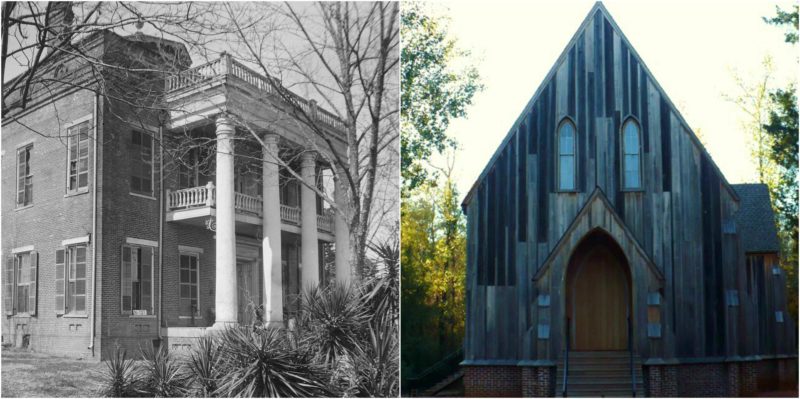Abandoned cities are always more interesting to explore than modern ones because of the myths and legends circling around them.
Cahaba is one of those cities often referred as a ghost town due to a legend about a ghostly orb that once appeared in a now-vanished garden.

Located in Dallas County southwest of Selma, the town has served as Alabama’s first permanent state capital from 1820 to 1825. However, once the capital moved to Tuscaloosa due to a major flood struck, most of the new residents followed.
After the improving of the river transportation and developing a cotton industry, Cahaba stood back on its feet and remained as Dallas’ county seat a few more decades. After its recovering from the flood, Cahaba reestablished itself as a commercial and social center and became a major cotton distribution point between 1840 and 1850s. Cotton was shipped down the Alabama river to the port of Mobile, the county seat of Mobile County, Alabama.

Although Cahaba was doing very good over the years, the American Civil War and following floods destroyed the city. A large cotton warehouse along Arch Street was taken over and used as a prison known as Castle Morgan. Approximately 3,000 Union soldiers were held as prisoners in Castle Morgan between 1863 and 1865.
However, the misfortunes did not end here. Another big flood struck Cahaba in 1865 and caused additional difficulties for the city.

A year after, the county seat was moved to Selma together with the citizens and their businesses. For more than 10 years, the houses and churches that remained abandoned were dismantled and moved away.
During the reconstruction of the United States after the Civil War, slave families settled Cahaba and revived it again but not for long. After turning the empty city blocks into fields and gardens, they disappeared over the years.
Since then, Cahaba remains as an abandoned ghost town that’s in the focus of many local myths and legends. Old Cahaba also remains as an Archeological Interpretative park visited by many tourists, especially ghost hunters and history buffs. Tourists say that water still flows through the old ornamental wellheads and the flowers bloom each spring which captures the former beauty of the hapless city.
